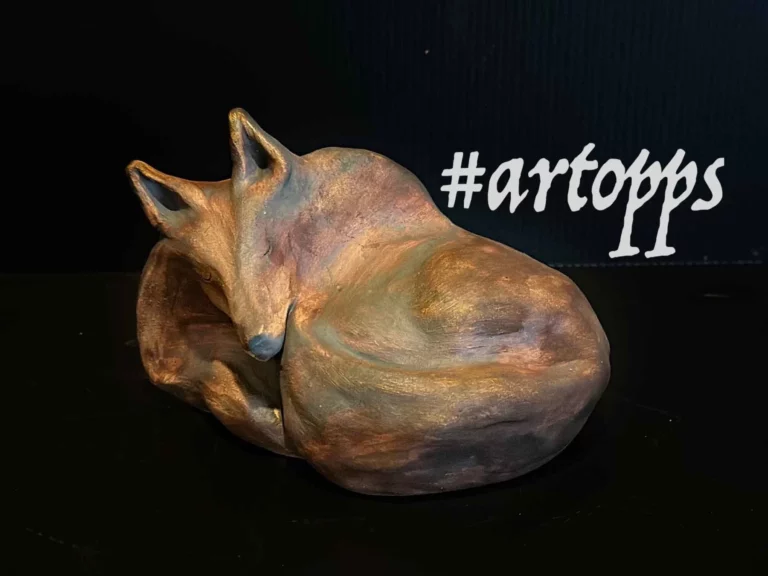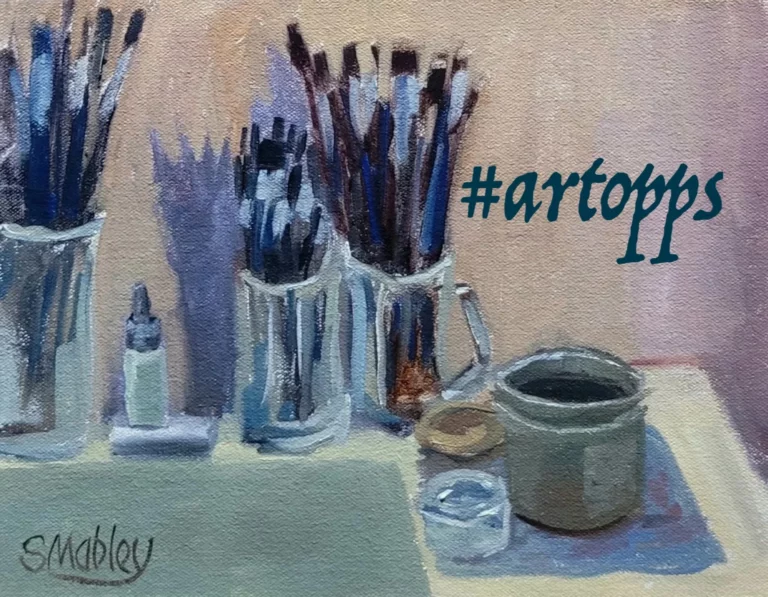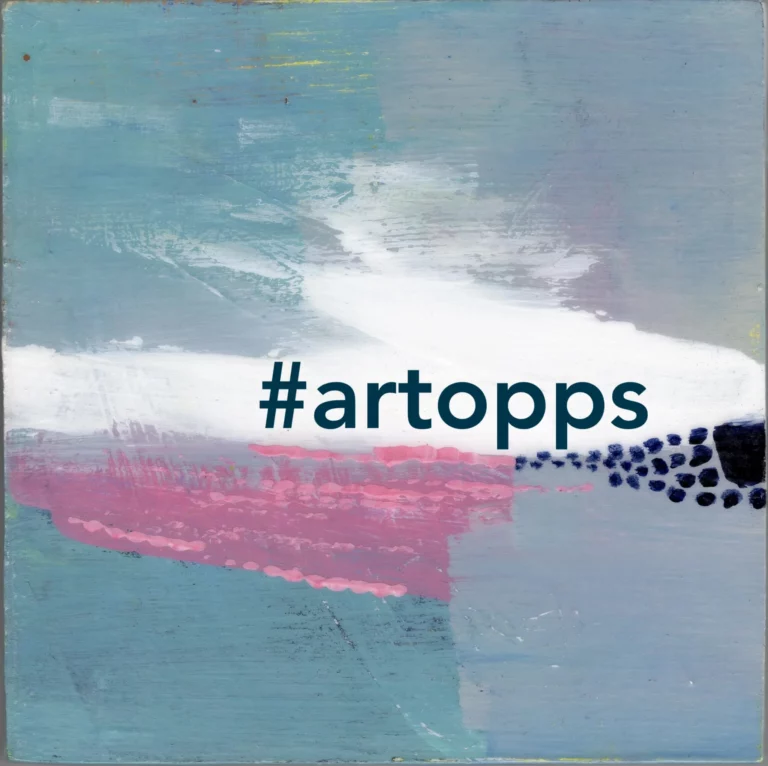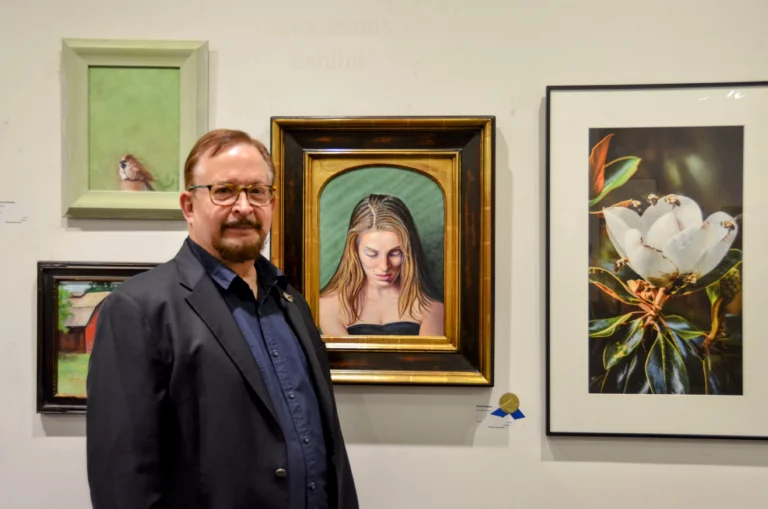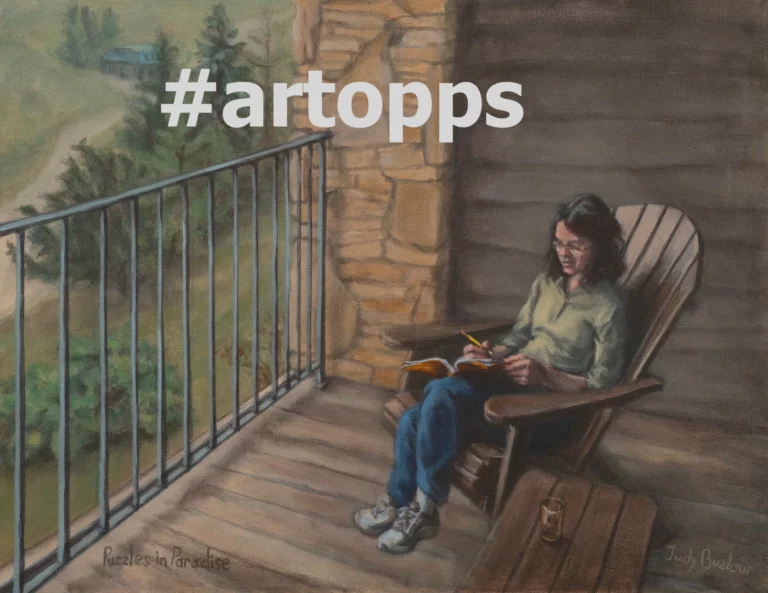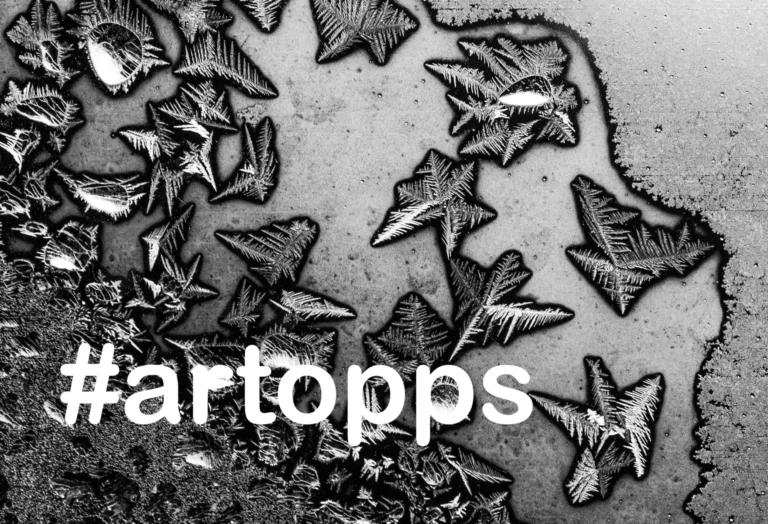Cut Paper Art, Around the World
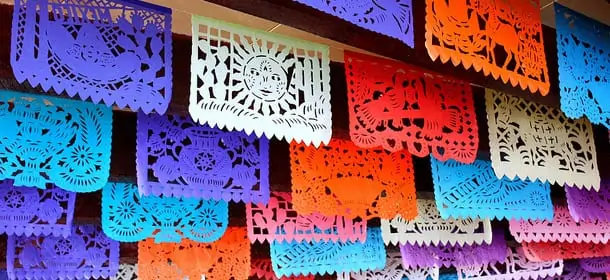

kiri-e: “cut picture”
Scherenschnitte: “scissor cuts”
papel picado: “perforated paper”
Ever since paper was invented, people have been cutting it to make art. In fact, according to legend, the first piece of paper quickly became the first paper people chain.
But papercutting has a long, rich history far beyond what you made with safety scissors back in elementary school. Case in point: Shiho K. Rice’s exhibit “Quietly Cutting Through,” at The Art League through August 3. Rice’s art form is called kirié (also called kiri-e or kirigami), the Japanese art of papercutting.

It starts, and ends, with a single piece of paper — in between, taking on a much holey-er appearance. Black paper, as seen in this exhibit, is traditional, sometimes backed with colored paper. Rice uses a craft knife (and a lot of patience) to cut through two layers: her original drawing on white paper, and the black underneath. (Video coming soon!) Here are how some other cultures and artists have cut, scissored, punched, and otherwise transformed paper into art:
Mexico: papel picado

Papel picado is characterized by tissue-like, colorful paper. Instead of being framed and hung on the wall, these are strung up as banners to celebrate events like weddings, quinceañeras, and the Day of the Dead. According to the Guild of American Papercutters — whose papercutting museum you can visit in Pennsylvania — instead of scissors or knives, these artists punch out their designs using sharp chisels, 40 to 50 sheets at a time.
Germany, Switzerland, & USA: Scherenschnitte

Starting in Switzerland and spreading to colonial America via German immigrants, Scherenschnitte is more pictorial than the graphically oriented papel picado. Artists use scissors and often fold the paper for symmetry — just like your paper snowflakes!
Like Kara Walker’s work below, this kind of art is sometimes called a silhouette. Traditionally, silhouettes were cut from black paper and originated as an affordable way to make a portrait.
Jewish papercutting

“This relationship of form and ground, as well as the horror vacuii evident in this composition, are characteristic of Eastern European folk art. Only the text and the American form of the eagles framing the Crown of the Torah mark this work as having been made in the United States.” — The Jewish Museum
Like Scherenschnitte, the Jewish papercutting tradition made its way to the United States with European immigrants. Here, it was used to embellish religious documents.
Kara Walker

“What the cyclorama and the silhouette have in common is that they’re complete opposites, but they’re sort of not relegated to art. … [The cyclorama creates] an illusion of space, whereas the silhouette, of course, flattens out space and identity.” — Kara Walker
Where the early silhouette portraitists saw cut paper as a way to capture a person’s likeness, Kara Walker saw the opportunity for caricature, and a metaphor for shallow stereotypes, simplification, and frozen points of view. Walker started as a painter and has utilized a huge variety of media in her work — including, last year, a monumental sugar-coated sculpture — but is probably best-known for her cut-paper works.
Henri Matisse

Cut-outs were the final chapter in Matisse’s career, with a palette more papel picado than Scherenschnitte. Matisse painted the paper first, then cut it out with scissors. Like Kara Walker, some of his works were room-sized — see the Swimming Pool for an example.
“Quietly Cutting Through” is open through Monday, August 3.
Can't get enough?
Sign up for our weekly blog newsletter, subscribe to our RSS feed, or like us on Facebook for the latest Art League news. Visit our homepage for more information about our classes, exhibits, and events in Old Town Alexandria, Virginia.

